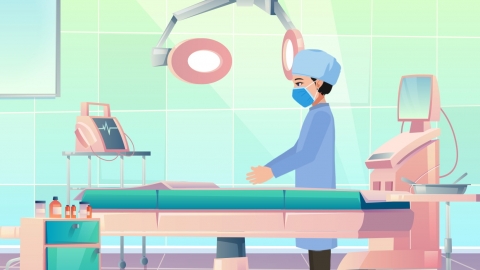Can gallbladder polyps undergo polyp removal surgery while preserving the gallbladder?
In general, whether polyps in the gallbladder can be treated with gallbladder-preserving polypectomy depends on the characteristics of the polyps. This procedure may be considered for polyps smaller than 1 cm in diameter that are asymptomatic and accompanied by normal gallbladder function. However, for polyps larger than 1 cm, those with a high risk of malignant transformation, or cases with impaired gallbladder function, this surgery is not recommended, and cholecystectomy (gallbladder removal) is usually required instead. Detailed analysis is as follows:

If the polyp is less than 1 cm in diameter, causes no discomfort such as abdominal pain or nausea, and imaging tests show good gallbladder contractile function, gallbladder-preserving polyp removal may be performed to excise the polyp while preserving gallbladder function. However, strict adherence to surgical indications is essential, and regular follow-up examinations after surgery are necessary to monitor for possible recurrence of polyps.
When a polyp exceeds 1 cm in diameter or shows rapid growth over a short period, indicating a higher risk of malignancy, gallbladder-preserving polypectomy cannot completely eliminate the risk and may instead increase health risks due to residual or recurrent polyps. Additionally, if the gallbladder has already developed atrophy, or suffers from recurrent inflammation leading to severely compromised function, cholecystectomy should be chosen to ensure overall health.
In daily life, it is important to maintain a low-fat diet, avoid overeating, and reduce strain on the gallbladder. Regular ultrasound examinations should also be conducted to monitor changes in the size and morphology of the polyps, providing critical information for adjusting treatment strategies.




